- How to Fertilise Cucumbers
- 1. Choose the right fertilizer
- 2. Apply fertilizer at the right time
- 3. Follow the instructions
- 4. Apply fertilizer evenly
- 5. Water after fertilising
- 6. Monitor the plants
- The Importance of Fertilisation for Cucumber Plants
- The Benefits of Fertilisation
- Choosing the Right Fertiliser
- Application of Fertiliser
- Frequent Watering
- Choosing the Right Fertiliser for Cucumbers
- 1. Nitrogen content
- 2. Phosphorus and potassium content
- 3. Organic vs. synthetic fertilisers
- 4. Slow-release vs. liquid fertilisers
- 5. Micronutrients
- 6. Application method
- How to Shape Cucumbers
- 1. Choose the right cucumber variety
- 2. Provide support
- 3. Prune regularly
- 4. Train the vines
- 5. Monitor and adjust
- Why Shaping is Important for Cucumber Growth
- Methods for Properly Shaping Cucumbers
- 1. Pruning
- 2. Trellising
- 3. Consistent Watering
- 4. Proper Spacing
- 5. Harvesting Timely
- Watering Tips for Cucumbers
- 1. Frequency of watering
- 2. Avoid overwatering
- 3. Water at the base
- 4. Mulch to retain moisture
- 5. Water in the morning
- 6. Be consistent
- The Role of Water in Cucumber Plant Development
- Watering Requirements
- Watering Techniques
- Rainwater vs. Tap Water
- Signs of Overwatering and Underwatering
- Proper Watering Techniques for Cucumber Plants
- 1. Water deeply and consistently
- 2. Water in the morning
- 3. Use mulch
- 4. Avoid overhead watering
- 5. Monitor soil moisture
- 6. Use a drip irrigation system
- 7. Adjust watering during different growth stages
- Essential Tips for a Bountiful Cucumber Harvest
- 1. Choose the Right Variety
- 2. Prepare the Soil
- 3. Provide Adequate Sunlight
- 4. Water Regularly
- 5. Fertilize Properly
- 6. Train and Support the Vines
- 7. Harvest at the Right Time
- 8. Protect from Pests and Diseases
- 9. Rotate Crops
- 10. Enjoy Fresh and Delicious Cucumbers
- “Question-Answer”
- When is the best time to fertilize cucumbers?
- What type of fertilizer should I use for cucumbers?
- How often should I fertilize cucumbers?
- How should I shape my cucumber plants?
- How much water do cucumbers need?
- “Video” Grow MORE CUCUMBERS Than EVER With This Variety And One Simple Tip
Growing cucumbers can be a rewarding experience, especially when you have a bountiful harvest of fresh, juicy cucumbers. To achieve the best results, it’s important to know how to properly fertilise, shape, and water your cucumber plants. These essential tips will help you get the most out of your cucumber crop.
When it comes to fertilising cucumbers, it’s important to use a balanced fertiliser that provides the necessary nutrients for healthy growth. Look for a fertiliser with a nitrogen-phosphorus-potassium (NPK) ratio of 10-10-10 or 14-14-14. Apply the fertiliser according to the manufacturer’s instructions, usually every two weeks throughout the growing season. This will ensure that your cucumber plants have the nutrients they need to grow strong and produce an abundant crop.
In addition to fertilising, shaping your cucumber plants can help promote healthy growth and increase fruit production. Cucumbers are vines and can become sprawling if left untrained. To shape your cucumber plants, use a trellis or stakes to support the vines as they grow. This will prevent them from sprawling on the ground and help them grow upward, allowing for better air circulation and sunlight exposure. It will also make it easier to harvest the cucumbers when they are ready.
Finally, watering your cucumber plants properly is crucial for their overall health and productivity. Cucumbers have shallow roots and are susceptible to drought stress, so it’s important to keep the soil consistently moist. Water deeply, ensuring that the water reaches the root zone, but avoid overwatering, as this can lead to root rot. Mulching around the plants can help retain soil moisture and prevent weed growth, which can compete with the cucumbers for water and nutrients.
Remember, fertilising, shaping, and watering your cucumber plants are essential tasks that can make a big difference in the quality and quantity of your harvest. By following these tips, you’ll be on your way to growing a bountiful crop of tasty cucumbers!
How to Fertilise Cucumbers
Fertilising cucumbers is an essential step in their growth process. By providing the right nutrients, you can help your cucumbers thrive and produce a bountiful harvest. Here are some tips on how to fertilise cucumbers effectively:
1. Choose the right fertilizer
When selecting a fertilizer for your cucumbers, it’s important to choose one that is balanced and specifically formulated for vegetables. Look for a fertilizer with a ratio of nitrogen (N), phosphorus (P), and potassium (K) listed as N-P-K. For cucumbers, a ratio of 10-10-10 or 10-20-20 is suitable.
2. Apply fertilizer at the right time
It’s best to apply fertilizer to cucumbers when they are actively growing. Start fertilising about two weeks after transplanting or when the seedlings have established a strong root system. Repeat the application every two to three weeks throughout the growing season.
3. Follow the instructions
Read and follow the instructions on the fertilizer packaging carefully. Over-fertilising can harm your cucumbers, so it’s important not to exceed the recommended dosage. It’s better to apply less fertilizer than to apply too much.
4. Apply fertilizer evenly
When applying fertilizer, make sure to distribute it evenly around the base of each cucumber plant. Avoid direct contact with the plant stems or leaves, as this can cause damage. Use a gardening fork or rake to lightly incorporate the fertilizer into the topsoil.
5. Water after fertilising
After applying fertilizer, give your cucumbers a good watering. This will help to ensure that the nutrients in the fertilizer are absorbed by the plants’ root systems. Water deeply and thoroughly, making sure the soil is evenly moist.
6. Monitor the plants
Regularly monitor the health and growth of your cucumber plants. Look for any signs of nutrient deficiencies or excesses, such as yellowing leaves or stunted growth. Adjust your fertilising routine accordingly and consult a gardening expert if necessary.
By following these tips and providing your cucumbers with the right fertiliser, you can support their growth and enjoy a bountiful harvest of delicious cucumbers.
The Importance of Fertilisation for Cucumber Plants
Cucumber plants require adequate nutrition to grow and produce a bountiful harvest. Fertilisation is an essential practice that ensures cucumber plants receive the necessary nutrients to thrive.
The Benefits of Fertilisation
- Promotes Healthy Growth: Fertilisers provide essential nutrients such as nitrogen, phosphorus, and potassium that are necessary for the development of strong stems, leaves, and roots. This promotes overall plant growth and vitality.
- Increases Yield: Fertilisers help cucumber plants produce more fruits by providing the nutrients needed for flower and fruit development. This leads to a larger and more abundant harvest.
- Improves Disease Resistance: Well-nourished cucumber plants have better resistance against diseases and pests. Fertilisers with micronutrients like iron and zinc help strengthen the plant’s immune system, making it less susceptible to infections and infestations.
- Enhances Nutritional Value: A balanced supply of nutrients through fertilisation ensures that the cucumbers grown are packed with essential vitamins and minerals, making them more nutritive for consumption.
- Promotes Early and Consistent Harvest: With the right fertilisation, cucumber plants can reach maturity faster and produce a steady supply of fruits throughout the growing season.
Choosing the Right Fertiliser
When selecting a fertiliser for cucumber plants, it is important to consider the nutrient requirements of the plants. Look for a balanced fertiliser with a formulation that includes nitrogen (N), phosphorus (P), and potassium (K) in the ratio of 10:10:10 or 20:20:20. This will provide a good all-round nutrition for cucumber plants.
Organic fertilisers, such as compost or well-rotted manure, can also be used to supply essential nutrients to cucumber plants in a more natural and sustainable way.
Application of Fertiliser
Fertilisers should be applied to cucumber plants at appropriate times during their growth cycle. A general rule of thumb is to apply fertiliser when the plants are actively growing and producing flowers. This is typically done every 2-3 weeks during the growing season.
It is important to follow the instructions on the fertiliser packaging regarding the recommended dosage and application method. Over-fertilisation can lead to nutrient imbalances or burn the plants, so it is crucial to use fertilisers judiciously and avoid excessive application.
Frequent Watering
In addition to fertilisation, providing adequate water to cucumber plants is crucial for their growth and development. Cucumber plants have high water requirements, especially during hot and dry periods. Regular watering helps prevent wilting, ensures nutrient uptake, and promotes healthy fruit formation. Aim to keep the soil consistently moist, but not waterlogged, throughout the growing season.
By prioritising fertilisation and proper watering techniques, gardeners can ensure their cucumber plants grow vigorously and produce a bountiful harvest of delicious cucumbers.
Choosing the Right Fertiliser for Cucumbers
Cucumbers are heavy feeders, meaning they require a lot of nutrients to grow and produce a bountiful harvest. Choosing the right fertiliser is essential to ensure your cucumbers get the nutrients they need to thrive. Here are some factors to consider when selecting a fertiliser for your cucumbers:
1. Nitrogen content
Nitrogen is an essential nutrient for cucumber plants as it promotes lush green foliage and overall growth. Look for a fertiliser that has a higher nitrogen content, such as a balanced NPK (nitrogen, phosphorus, potassium) fertiliser or one specifically formulated for vegetables.
2. Phosphorus and potassium content
Phosphorus and potassium are also important nutrients for cucumbers, especially during flowering and fruiting stages. Look for a fertiliser that has a balanced ratio of phosphorus and potassium, such as a 10-10-10 or 5-10-10 NPK fertiliser.
3. Organic vs. synthetic fertilisers
You can choose between organic and synthetic fertilisers based on your gardening preferences. Organic fertilisers, such as compost, manure, or fish emulsion, provide slow-release nutrients and improve soil health over time. Synthetic fertilisers, on the other hand, offer a quick nutrient boost but may require more frequent applications.
4. Slow-release vs. liquid fertilisers
Slow-release fertilisers are a good choice for cucumbers as they provide a steady supply of nutrients over a longer period. This can be especially beneficial for cucumbers that have a longer growing season. Liquid fertilisers, on the other hand, are quickly absorbed by plants and can be applied more frequently for faster results.
5. Micronutrients
In addition to the main nutrients mentioned above, cucumbers also require various micronutrients for optimal growth. Look for a fertiliser that includes micronutrients like calcium, magnesium, iron, and zinc to ensure your plants have everything they need.
6. Application method
Consider the method of application that works best for you. Some fertilisers come in granular form, which can be sprinkled around the base of the plants and watered in. Others come in liquid form and can be applied directly to the soil or as a foliar spray.
Remember to always follow the manufacturer’s instructions when applying fertilisers, as over-fertilisation can damage the plants. Regularly monitor your cucumber plants for any signs of nutrient deficiencies or excesses, and adjust your fertiliser application accordingly for optimal results.
How to Shape Cucumbers
Cucumbers can be shaped by pruning and training them to grow in a desired shape. Shaping cucumbers not only helps to maximize the available space but also ensures better air circulation and sunlight exposure, leading to healthier plants and higher yields.
1. Choose the right cucumber variety
Not all cucumber varieties are suitable for shaping. Look for compact or bush varieties that have shorter vines and are more manageable. Some popular varieties for shaping include ‘Bush Champion’, ‘Patio Snacker’, and ‘Spacemaster’.
2. Provide support
Use stakes or trellises to support the cucumber plants and guide their growth. This will help train the vines in the desired direction and prevent them from sprawling on the ground. Ensure that the support structure is sturdy enough to bear the weight of the growing cucumbers.
3. Prune regularly
Pruning is an important part of shaping cucumbers. Remove any side shoots or suckers that develop along the main vine. This will help channel the plant’s energy into producing fruits rather than excessive vegetative growth.
4. Train the vines
Gently guide the cucumber vines along the support structure as they grow. Use soft ties or twine to secure the vines to the stakes or trellises. This will help maintain the shape and prevent the vines from tangling or breaking.
5. Monitor and adjust
Regularly check the growth of the cucumber plants and make adjustments as needed. Redirect any errant vines or trim them back if they are straying too far. Keeping the plants well-maintained will help ensure they grow in the desired shape.
By following these tips, you can shape your cucumber plants to suit your needs and make the most of your garden space. Don’t be afraid to get creative with different shapes such as spirals or fans. Happy shaping!
Why Shaping is Important for Cucumber Growth
Proper shaping is crucial for healthy cucumber growth. Here are a few reasons why shaping is important:
- Improved air circulation: By shaping cucumbers, you can ensure proper air circulation around the plant. This helps prevent the growth of mold, mildew, and other fungal diseases that thrive in damp and humid conditions.
- Enhanced sunlight exposure: Shaping cucumbers allows each leaf to receive maximum sunlight. This is important for photosynthesis, the process by which plants convert light energy into food. More sunlight exposure leads to better growth and productivity.
- Better nutrient absorption: When cucumbers are properly shaped, the leaves are spread out, which allows them to effectively absorb nutrients from the soil. This ensures that the plant receives all the necessary elements for healthy growth.
- Reduced risk of pest infestation: Shaping cucumbers makes it easier to spot and remove any pests that may be present. By keeping the plant tidy and well-maintained, you can minimize the risk of pests damaging your crop.
- Easier harvesting: Shaping cucumbers helps keep the fruits off the ground, making them easier to spot and harvest. It also reduces the risk of fruits rotting due to contact with damp soil.
Overall, shaping cucumbers is an important practice that contributes to the plant’s overall health and productivity. Proper air circulation, sunlight exposure, nutrient absorption, pest control, and easier harvesting are some of the benefits of shaping cucumbers. So, make sure to shape your cucumber plants properly for a bountiful harvest!
Methods for Properly Shaping Cucumbers
Properly shaping cucumbers can help enhance their appearance and make them more aesthetically pleasing. Here are some methods to achieve beautifully shaped cucumbers:
1. Pruning
Pruning the cucumber vines helps redirect the plant’s energy towards fruit production and improves air circulation, leading to better shape and size of cucumbers. Remove any side shoots or branches that are not needed, focusing on maintaining a single main stem.
2. Trellising
Using a trellis or stakes to support cucumber vines can lead to straighter and more uniform cucumbers. The upward growth of the vines reduces the chance of cucumbers curling or developing odd shapes. Gently tie the main stem to the trellis or stake as the plant grows.
3. Consistent Watering
Cucumbers need consistent moisture to grow well, and irregular watering can lead to misshapen fruit. Ensure that the plants receive adequate water consistently, especially during hot and dry weather. A drip irrigation system or soaker hose can help provide a steady water supply.
4. Proper Spacing
Planting cucumbers with sufficient spacing allows for air circulation and prevents crowding. This reduces competition among plants for resources and minimizes stress, resulting in better-shaped cucumbers. Follow the recommended spacing guidelines for the particular cucumber variety you are growing.
5. Harvesting Timely
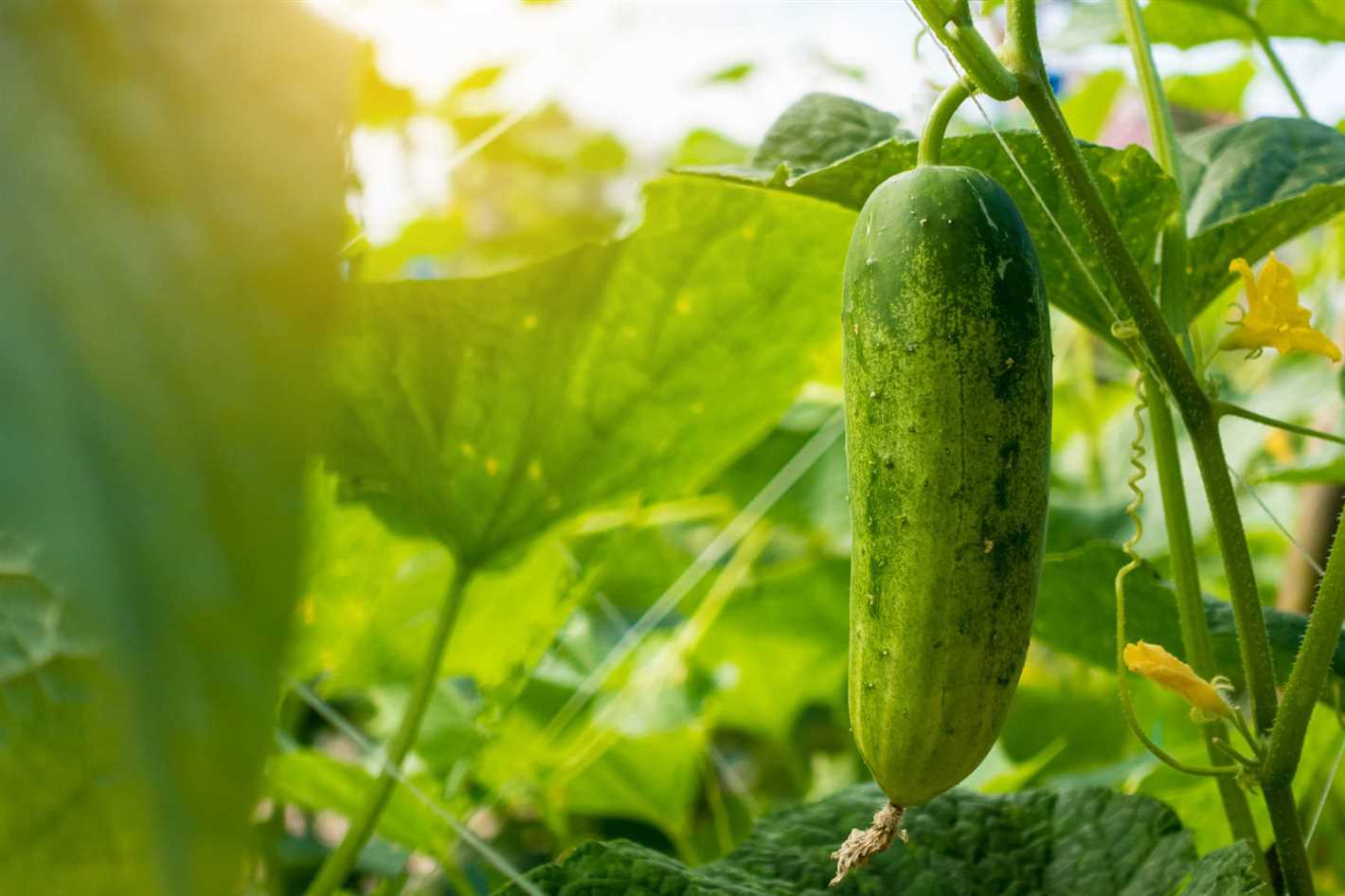
Harvesting cucumbers at the right time can prevent them from growing too large or becoming misshapen. Typically, cucumbers are ready to be harvested when they have reached their mature color and size. Check on the plants regularly and remove any overripe cucumbers to maintain the shape and quality of the remaining fruit.
By implementing these methods, you can ensure that your cucumbers grow in beautiful, well-formed shapes, making them a delight for both the eyes and the taste buds.
Watering Tips for Cucumbers
Proper watering is essential for the growth and health of cucumber plants. Here are some tips to help you water your cucumber plants effectively:
1. Frequency of watering
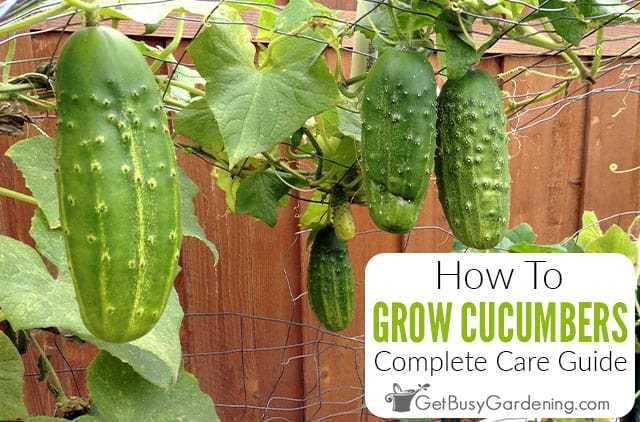
Cucumbers need regular watering, especially during hot and dry weather. Aim to water your plants deeply at least once a week, providing enough water to saturate the soil to a depth of 6-8 inches.
2. Avoid overwatering
While cucumbers require consistent moisture, it’s important not to overwater them. Overwatering can lead to root rot and other diseases. To prevent overwatering, ensure the soil has good drainage, and allow the top inch of soil to dry out before watering again.
3. Water at the base
When watering cucumbers, it’s best to water at the base of the plant rather than overhead. Watering at the base helps prevent the leaves from getting wet, which can increase the risk of fungal diseases. Direct the water towards the roots, ensuring it reaches the soil around the plants.
4. Mulch to retain moisture
Applying a layer of organic mulch around cucumber plants can help retain moisture in the soil. Mulch helps reduce evaporation and keeps the soil cool, which is beneficial for the plants during hot weather.
5. Water in the morning
Watering in the morning is ideal for cucumbers. It allows the leaves to dry out during the day, reducing the risk of fungal diseases. Avoid watering in the evening, as the leaves will remain wet overnight, creating a favorable environment for diseases.
6. Be consistent
Consistency is key when it comes to watering cucumbers. Ensure a regular watering schedule and stick to it. Cucumbers prefer consistent moisture, so avoid letting the soil dry out completely between waterings.
By following these watering tips, you can help ensure that your cucumber plants stay healthy and produce a bountiful harvest.
The Role of Water in Cucumber Plant Development
Water is a vital component in the successful development of cucumber plants. It plays a crucial role in various physiological processes and supports the overall growth and productivity of the plants. Understanding the importance of water and adopting proper watering techniques is essential for a bountiful cucumber harvest.
Watering Requirements
- Cucumber plants require consistent moisture throughout their growth cycle. Adequate watering is necessary to prevent stress-induced issues such as wilting and reduced fruit production.
- Watering should be done evenly, ensuring that the soil is moist but not waterlogged. Overwatering can lead to root rot and other fungal diseases.
- During hot summer months, cucumbers may require more frequent watering to compensate for the increased evaporation rate. It is important to monitor soil moisture levels and adjust watering accordingly.
Watering Techniques
- Water should be applied directly to the soil, avoiding wetting the leaves as it can promote the growth of fungal diseases.
- Using a soaker hose or a drip irrigation system is an effective way to ensure that water reaches the plant’s root zone directly. This method helps in conserving water and reduces the risk of foliar diseases.
- Watering in the early morning or late afternoon is ideal, as it allows the foliage to dry before evening, minimizing the chances of disease development.
Rainwater vs. Tap Water
While cucumbers can tolerate tap water, rainwater is often preferred due to its natural composition and lack of added chemicals. Rainwater is generally softer and has a lower pH, which can benefit the overall health of cucumber plants.
Signs of Overwatering and Underwatering

Proper observation of cucumber plants is important to identify signs of overwatering or underwatering:
| Overwatering | Underwatering |
|---|---|
|
|
By monitoring the watering needs of your cucumber plants and adjusting accordingly, you can ensure optimal growth, productivity, and a bountiful harvest.
Proper Watering Techniques for Cucumber Plants

Watering is a crucial aspect of growing healthy cucumber plants. Proper watering techniques can help ensure that your cucumber plants receive the right amount of moisture for optimal growth and fruit production. Here are some essential tips for watering cucumber plants:
1. Water deeply and consistently
It is important to water cucumber plants deeply and consistently. This means providing a thorough watering to saturate the entire root zone of the plants. Shallow watering can lead to shallow root growth and make plants more susceptible to drought stress.
2. Water in the morning
Watering your cucumber plants in the morning is ideal because it allows the foliage to dry out during the day. This can help prevent the development of fungal diseases such as powdery mildew, which can thrive in damp conditions.
3. Use mulch
Applying a layer of organic mulch around cucumber plants can help retain soil moisture and reduce water evaporation. Mulch also helps to suppress weed growth, which can compete with cucumber plants for water and nutrients.
4. Avoid overhead watering
Avoid watering cucumber plants from overhead, especially later in the day. Wet foliage during the evening can create a humid environment that promotes the growth of fungal diseases. Instead, water directly at the base of the plants.
5. Monitor soil moisture
Regularly monitor the moisture level of the soil around cucumber plants. Stick your finger into the soil up to the first knuckle to determine if it feels dry. If so, it’s time to water. By being attentive to soil moisture, you can prevent both underwatering and overwatering.
6. Use a drip irrigation system
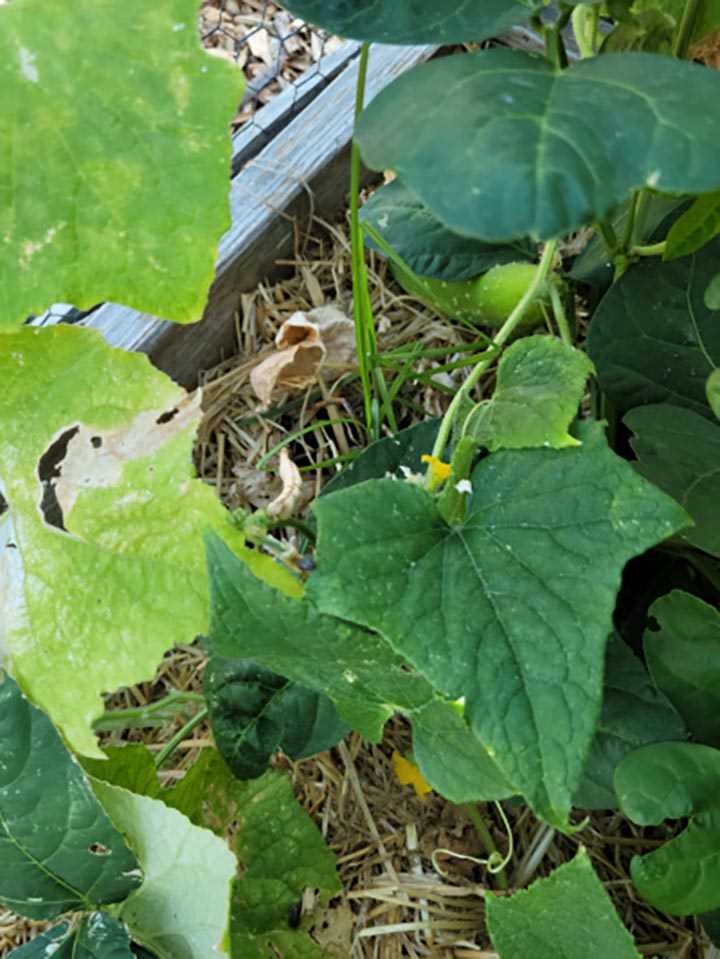
Consider using a drip irrigation system to water your cucumber plants. Drip irrigation delivers water directly to the root zone, minimizing water waste and reducing the risk of foliar diseases. It also allows for more precise control over watering amounts and frequency.
7. Adjust watering during different growth stages
As cucumber plants grow and develop, their water needs may change. During the early stages, when plants are establishing roots, they may require more frequent watering. As they mature and produce fruit, you can gradually reduce the watering frequency but maintain deep watering to support fruit development.
By following these proper watering techniques, you can ensure that your cucumber plants receive the moisture they need for healthy growth and a bountiful harvest.
Essential Tips for a Bountiful Cucumber Harvest
1. Choose the Right Variety
When planning to grow cucumbers, it’s essential to choose the right variety that suits your growing conditions and desired flavor. Consider factors like climate, growing season, and your preference for slicing or pickling cucumbers. Popular cucumber varieties include English cucumbers, Persian cucumbers, and pickling cucumbers.
2. Prepare the Soil
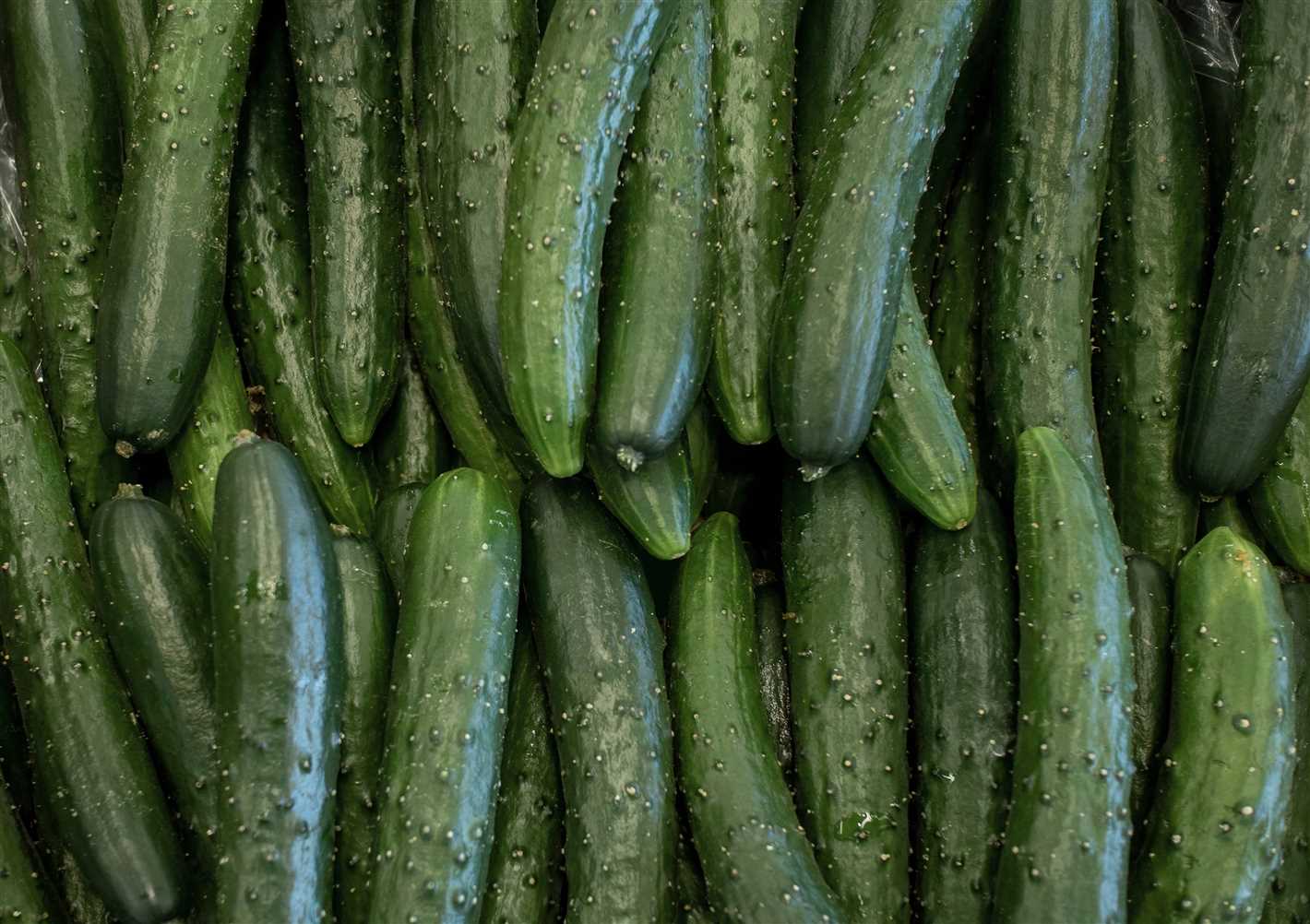
Before planting cucumber seeds or seedlings, prepare the soil by loosening it with a garden fork or tiller. Remove any weeds or debris and add organic matter like compost or well-rotted manure to improve soil fertility and drainage. Cucumbers thrive in well-draining soil with a pH level between 6 and 7.
3. Provide Adequate Sunlight
Cucumbers require plenty of sunlight to grow and produce a bountiful harvest. Choose a location for your cucumber plants that receives at least 6-8 hours of direct sunlight daily. If you lack space in your garden, consider growing cucumbers in containers or vertical trellises where they can receive maximum sun exposure.
4. Water Regularly
Cucumbers have shallow root systems and need consistent moisture to thrive. Water your cucumber plants regularly, keeping the soil moist but not waterlogged. Aim to provide about 1-2 inches of water per week, either through rainfall or irrigation. Avoid overhead watering as it can lead to fungal diseases.
5. Fertilize Properly
Fertilize your cucumber plants regularly to ensure they receive adequate nutrients for healthy growth. Consider using a balanced fertilizer or one specifically formulated for vegetables, following the manufacturer’s instructions for application rates. Avoid excessive nitrogen fertilization, as it can result in lush foliage but fewer fruits.
6. Train and Support the Vines
As cucumber plants grow, train and support the vines to prevent them from sprawling on the ground. Use trellises, stakes, or cages to provide support and keep the fruits clean and off the soil. This also helps in maximizing the use of garden space and improves air circulation, reducing the risk of diseases.
7. Harvest at the Right Time
Harvest your cucumbers at the right time to ensure peak flavor and quality. Most cucumbers are ready for harvest when they reach their full size, usually 6-8 inches long. Pick them regularly to encourage continuous production. Be gentle when harvesting to avoid damaging the vines or overripe fruits.
8. Protect from Pests and Diseases
Take preventive measures to protect your cucumber plants from common pests and diseases. Monitor regularly for signs of pests like cucumber beetles or diseases like powdery mildew. Consider using organic pest control methods or insecticidal soaps if necessary.
9. Rotate Crops
To prevent the buildup of pests and diseases, practice crop rotation by not planting cucumber or other related plants in the same spot for consecutive years. Rotating crops can help maintain soil health and reduce the risk of recurrent issues.
10. Enjoy Fresh and Delicious Cucumbers
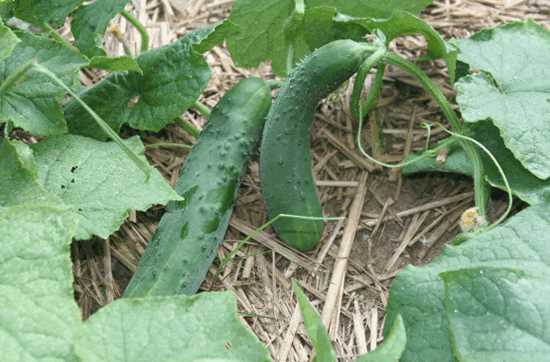
Once you’ve followed these essential tips and nurtured your cucumber plants, sit back and enjoy the bountiful harvest that awaits you. Whether you use them in refreshing salads, pickles, or enjoy them on their own, freshly harvested cucumbers are a true delight.
“Question-Answer”
When is the best time to fertilize cucumbers?
The best time to fertilize cucumbers is before planting. Add compost or well-rotted manure to the soil while preparing the planting bed.
What type of fertilizer should I use for cucumbers?
You can use either organic or synthetic fertilizer for cucumbers. Organic options include compost, well-rotted manure, or fish emulsion. Synthetic options with a balanced NPK ratio (nitrogen, phosphorus, and potassium) can also be used.
How often should I fertilize cucumbers?
Cucumbers should be fertilized every 3-4 weeks throughout the growing season. This will provide them with a steady supply of nutrients.
How should I shape my cucumber plants?
There are several techniques for shaping cucumber plants. One common method is to use a trellis or a fence to allow the vines to climb. Another method is to use pruning shears to trim back excessive growth and encourage a more compact shape.
How much water do cucumbers need?
Cucumbers need consistent moisture, so they should be watered regularly. It is generally recommended to provide them with about an inch of water per week. However, the exact amount may vary depending on weather conditions and soil moisture levels.







